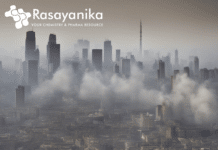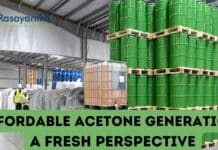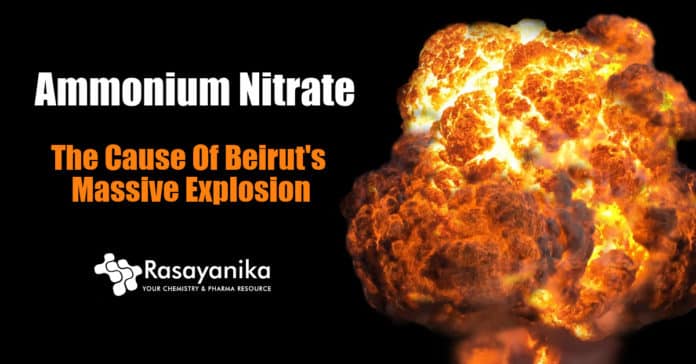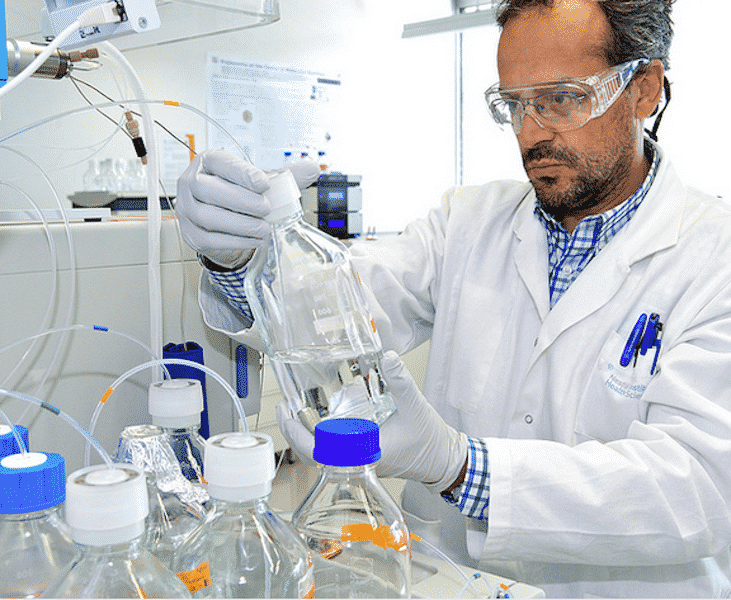A look into the chemical that exploded in Beirut – Ammonium nitrate
Beirut, the capital of Lebanon was shaken on the evening of 4th August by an explosion that took the life of at least 137 people and injured more than 5,000.
The explosion was caused by around 2,700 tonnes of ammonium nitrate stored near the city’s cargo port, and the video footage appears to show a fire burning close by prior to the explosion, said the Hassan Diab, the country’s prime minister.
About ammonium nitrate:
The chemical formula of ammonium nitrate is NH₄NO₃. It is among the world’s most extensively used fertilizers and is produced as tiny porous pellets, or “prills”.
The chemical is likewise the primary component in many types of mining explosives, where it’s exploded by an explosive charge after mixing with fuel oil.
Many things have to go wrong for a commercial ammonium nitrate disaster to take place, and tragically, this appears to have been the case in Beirut, Lebanon.
Reason for the explosion
The most important point to note here is ammonium nitrate does not burn by itself. Rather, it works as a source of oxygen that can expedite the combustion (burning) of other products
.Oxygen should be present for combustion to happen. Compared to the air around us, ammonium nitrate prills provide a lot more concentrated oxygen supply. Due to this reason, it works in mining explosives, where it’s blended with oil and various other fuels.
However, ammonium nitrate can violently decompose on its own at high enough temperatures, which produces gases including nitrogen oxides and water vapor, and it is this rapid release of gases that triggers an explosion.
If an explosion occurs where it’s stored or if there is an intense fire nearby, ammonium nitrate decay can set off. Previously such an explosion took place in the 2015 Tianjin China, which took the life of 173 people after combustible chemicals and ammonium nitrate were stored together at a chemicals factory.
It is exactly not known what caused the explosion in Beirut. However, video footage of the incident shows that it may have been set off by a fire – visible in a section of the city’s port area prior to the explosion that took place.
It is actually very difficult to set off an ammonium nitrate blast by fire. Certainly, the fire would require to be sustained and constrained within the same location as the ammonium nitrate prills are stored.
Additionally, the prills would require to be contaminated with, or packaged in, some other combustible products as they are not fuel for the fire.
Residents at high health risk
It has been reported that 2,700 tonnes of ammonium nitrate was stored in a storage facility for 6 years in Beirut, without proper safety measures.
This will certainly have added to the unfortunate circumstances that caused a commonplace industrial fire triggering such a terrible blast.
The explosion of ammonium nitrate produces substantial quantities of nitrogen oxides, (NO₂) – a red, bad-smelling gas. A distinct reddish color in the flame of gases from the explosion was seen in the pictures from Beirut.
Irritation in the respiratory system can be caused by nitrogen oxides which are generally present in urban air pollution. Individuals with respiratory diseases are at higher risk due to the raised levels of these pollutants.
In Beirut, until the fumes naturally dissipate, it will present a health risk to residents, and depending on the local weather natural dissipation could take several days.
An important reminder
Ammonium nitrate is classified as hazardous goods and all facets of its use are securely managed, it is made by integrating ammonia gas with liquid nitric acid, which itself is made from ammonia. Beirut’s explosion reveals how essential these regulations and safety measures are.
A look into the chemical that exploded in Beirut – Ammonium nitrate
Author: Sruthi S

















































